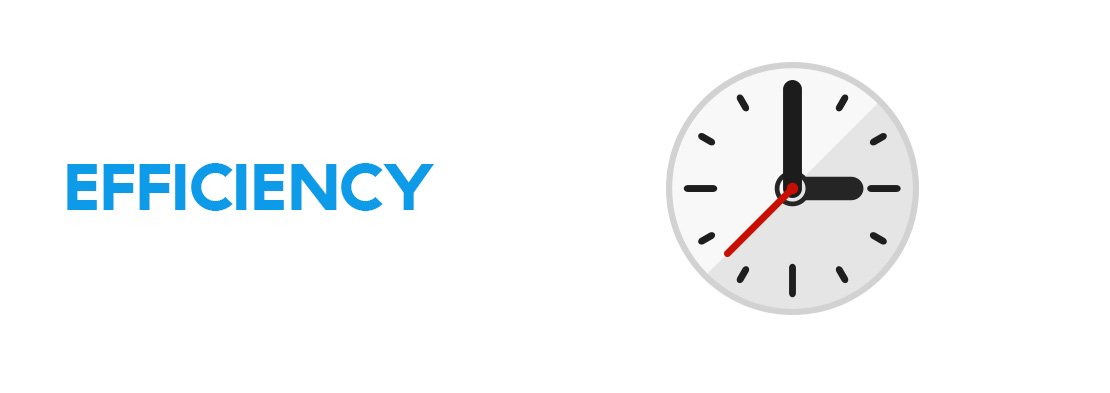Quality Assurance (QA) plays a vital role in improving the business’s revenue. Hence QA metrics are set to measure the performance in terms of quality (product/services). The Quality metrics refer to the data and facts that an organization uses to measure performance. These may differ according to the compliances and requirements of the industry.
According to QA metrics of the BPO & KPO sector, multiple benchmarks need to be maintained to maximize customer experience. So let’s discuss the ways through which you can maintain them without a doubt.
1. Telephone benchmarks(for voice and chat processes)

- Service Level It refers to the percentage of calls/chats received by the center and answered by the agent within a time frame. According to the global metric, 80% of the calls should be answered in 20 seconds or less. This is the foremost benchmark that needs to be set.
- · Average speed to answer It is interlinked to the service level and considers all the calls/chats that are not answered within the TAT of 20 seconds. Therefore, it helps in determining the average (speed to answer) of overall calls/chats. The global metric in this scenario is 28 seconds. If the overall average is high, more employees are needed in the team to cater to all the inquiries.
- Abandoned rate This rate refers to how many calls/chat requests were abandoned due to waiting (more than the specified time) in the queue for the agent’s answer. It is calculated on the percentage of all calls received. The global metric for this rate is around 5%-8%. The calls/chats can be abandoned from the customer’s side as well. This tendency of abandoning the call depends on the expectations that the customer has with the service.
2. Efficiency benchmarks

- Accuracy of call forecasting It refers to forecasting the number of calls or chat requests and ensuring that the team is efficiently utilized. For example, if the rate of actual requests is higher than the forecasted one, then the agents won’t be able to cater to all the calls/chat requests, affecting the service level. Similarly, the team will be under-utilized if the actual number of calls/chat requests is lesser than the estimated one.
- Adherence to schedule IIt refers to the punctuality of the agents towards their shifts. It plays an important role when a load of inquiries is high. According to the global metric, it should be 95% or above.
- Occupancy It refers to the average time (in %) an agent is occupied while catering to the customer. It includes various parameters like wrap times, Talktime, etc., and is helpful to evaluate the productivity of the agent. As per the ideal metrics, it should be somewhere between 60-80%.
- Call/Chat duration The time spent speaking to the customer is termed call/chat duration. A cost is incurred due to the duration of the call/chat; hence long conversations are undesirable. The ideal way to curb the call duration is by training the agent to resolve the query as soon as possible. It should be as little as possible.
- Wrap-up time Wrap-up time is the time that the agent takes to save the disposition with notes (if any) after finishing the call or chat. It includes numerous activities like updating the feedback or notes, updating the system, etc. The wrap-up time depends on the industry, but lower wrap time is always encouraged.
- Hold Time Hold time is the duration that an agent takes during the call or chat to look at the information (while being on hold). High hold time can irritate the customer and affect the customer experience directly.
3 HR benchmarks

It includes many metrics, including absenteeism, attrition, etc., and can affect service level.
4. Service benchmarks

- · Customer satisfaction This metric is one of the most critical benchmarks and directly depicts customer experience. This is why a three-pronged approach is recommended, which includes conducting surveys and introducing a feedback option for the customer to rate every interaction.
- Adherence to schedule IIt refers to the punctuality of the agents towards their shifts. It plays an important role when a load of inquiries is high. According to the global metric, it should be 95% or above.
- First contact resolution (FCR) rate It refers to the percentage of calls, emails, or chats resolved on the first attempt without the manager’s intervention. Agents who are confident about the product or service can achieve a high FCR score. Ideally, more than 70% FCR is desirable. There are many other metrics Chat net promoter rate, chat/call/email quality, etc. Maintaining a report to evaluate and monitor the quality manually can be cumbersome. But now, you can easily monitor the quality with TransMon. It is a quality monitoring tool that can help maintain all the metrics at an ideal rate and improving performance by automating the entire quality monitoring process. Moreover, you get actionable reports that can help in planning the strategy.
TransMon- the key to maintain all metrics at a desirable rate It is an application that can fit well with any industry for quality monitoring. The quality metrics can be customized according to the business and can monitor customer interactions on a real-time basis. Moreover, with the agent skill development module, the training and coaching of the agent become easier, which helps improve their efficiency. Many renowned organizations are already using TransMon, and they witnessed a significant increase in the efficiency of the team and overall customer experience. You can achieve the same with us!




